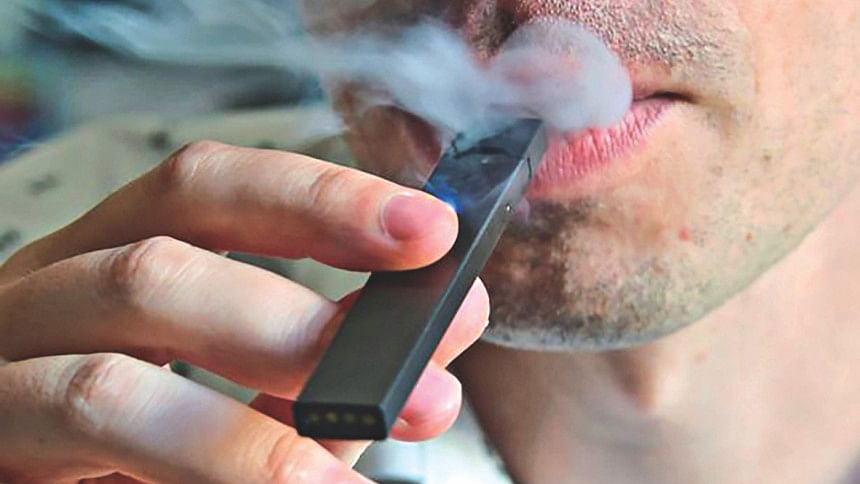Managing vaping-associated lung injury

The Centres for Disease Control and Prevention's (CDC) has updated its interim guidance for the evaluation and management of patients with suspected e-cigarette, or vaping-associated, lung injury (EVALI), based on the 1,299 cases reported as of October 8, 2019. The chemical(s) responsible for the lung injury have not yet been identified (Tetrahydrocannabinol or THC-containing products appear to be strongly associated) and no specific testing exists for a definitive diagnosis. Among the recommendations:
Evaluation
History: Ask about vaping. Consider EVALI in the differential diagnosis for patients presenting with respiratory, gastrointestinal (GI), or constitutional symptoms who vape. GI symptoms may precede respiratory symptoms.
Physical exam: Start with vital signs and pulse oximetry and a complete physical exam. Patients with EVALI may have unremarkable auscultatory findings.
Laboratory testing: Depending on history and presentation, consider testing for bacterial viral pathogens, endemic mycoses (e.g., histoplasmosis, coccidioidomycosis), and opportunistic infections. Test for signs of inflammation, including white blood cell count, serum inflammatory markers, and transaminases. Urine toxicology testing for THC is recommended.
Imaging: Consider chest x-ray and chest computed tomography (CT) scan for patients with vaping history and GI or respiratory symptoms, especially if hypoxic (O2 saturation (95% on room air). An abnormal CT scan showing ground glass opacities despite a normal appearing chest x-ray is possible.
Management
· Admit patients with hypoxia or respiratory distress. For those managed as outpatients, re-evaluate at 24 to 48 hours.
· Consider initiation of corticosteroids. Start antibiotics and influenza antivirals if there are concerns for an infectious process.
· Consider consultation with a pulmonologist and baseline pulmonary function testing.
· After discharge, close follow-up is recommended. Consider repeating pulmonary function testing and chest x-ray at 1 to 2 months. Advise patients to stop all e-cigarette and vaping use.
Considering EVALI in the differential diagnosis for patients with vaping history (one has to ask!) and GI complaints (hyperemesis, vomiting, nausea, abdominal pain) or respiratory distress (tightness, hypoxia) is now standard of care.
Although not mentioned in the CDC guidance, pulmonologists advise that patients with EVALI have responded well to albuterol and chest physical therapy in addition to corticosteroids. Prescribing a nicotine patch at discharge may help patients manage nicotine withdrawal symptoms.
Source: New England Journal of Medicine

 For all latest news, follow The Daily Star's Google News channel.
For all latest news, follow The Daily Star's Google News channel. 



Comments